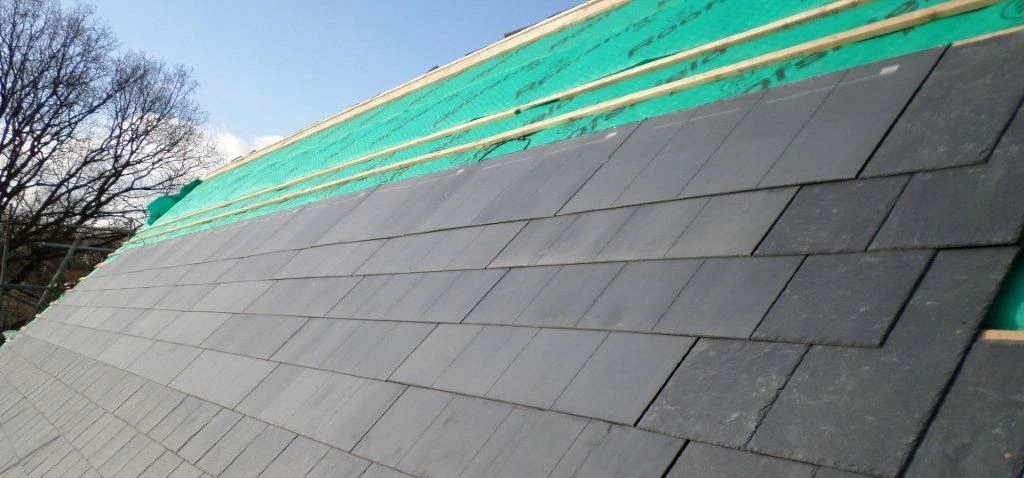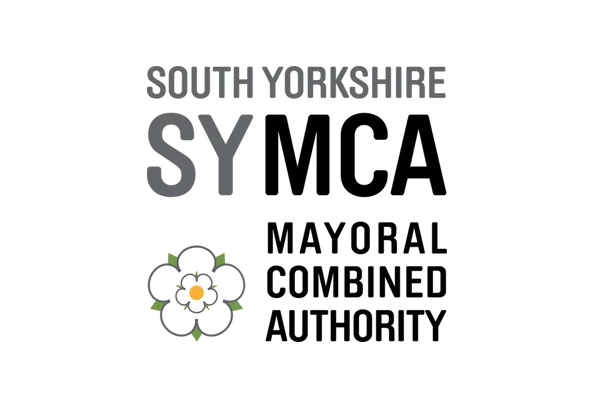
Member Article
Solar tiles vs. solar slates: the differences and the dilemmas
Solar PV has come a long way in a short space of time. Not so many years ago, if you wanted to turn your home into a mini solar power station, it meant bolting ugly panels to the roof. Now, however, roof-integrated solar technologies are changing the appearance of solar.
Yet, with such a wide range of products on the market, a lot of confusion remains. What are the differences between solar tiles and solar slates? And what factors should you bear in mind when making your choice?
In fact, solar tile and solar slate technologies share some broad similarities. They both have a slim profile. This means they can interlock with regular slates and tiles, so that they sit flush with the roof. However, like the roof coverings they replace, solar tiles and solar slates are visibly distinct.
The differences…
You’d be forgiven for using the words ‘tile’ and ‘slate’ interchangeably, but it’s important to know the differences. Tiles are typically made from concrete or clay. They are characteristic of modern buildings, often featuring a terracotta colour and a pantile (S-shaped) effect.
Their solar-powered counterpart, solar roof tiles, are often made wider than regular tiles. And they tend to have the same crystalline surface and blue appearance as solar panels, which can contrast with an otherwise terracotta roof.
Solar slates, on the other hand, are typically the same size as regular slates. Slate roofs are made from (yep, you guessed it) slate rock and they have been a part of the British landscape since the Roman period. Certain types of solar slates are able to retain the blue-grey hue of natural slate.
…and the dilemmas
Making the choice between solar slates and solar tiles often comes down to three key issues: whether your home is in a planning-sensitive area; what the neighbours are going to say; and what type of a statement you’re hoping to make with your roof.
Planning woes?
Solar slates and solar tiles are often presented as a way to beat the planning office and achieve solar in conservation areas or on listed buildings.
However, it’s not quite this straightforward. Planning permission usually hinges on aesthetics: any solar installation in a planning-sensitive situation must be unobtrusive; it must not detract from the appearance of the building. Obviously, fitting solar panels to slate roof is conspicuous – but so is an obvious patch of crystalline solar tiles.
Solar slates, which are practically indistinguishable from real slate, have a better track record of meeting planning permission for conservation areas and historical buildings.
Neighbour nightmares?
If you live in an area of historical interest, it may not just be the planning department you’re worried about. Neighbours can be just as difficult to please!
Solar tile products can reduce the aesthetic impact of a solar PV installation – and avoid the tut-tut’ing of the local community – but look for products that mimic the shape and size of roof tiles.
Going the whole hog and opting for a solar slate product that very closely resembles natural slate may be the best way to keep the neighbours happy.
Making a statement?
If you’re a self-builder, intent on creating your dream home, it’s likely to be you who’s the biggest critic of your new house.
Solar slate and solar tile products are popular on newbuild properties, because the cost of roof-integrated solar can be offset by savings on tiling costs (since the slates or tiles double as roof covering and solar panel), and it can aid in meeting Part L requirements. But do you want to blend in or stand out?
High-gloss solar slates with a glass finish may be the answer if you want to make a statement. Yet, for many homeowners, the statement is the house itself – not the roof! If this is your situation, look for solar slate or solar tile products that blend in with the traditional roof covering.
The sky’s the limit
Solar slates and solar tiles are expanding the scope of what is possible with rooftop solar. Whether you’re concerned about planning permission or keen to make a statement, there are now a huge range of alternatives to solar PV panels available that can help you to ‘green’ your home.
This was posted in Bdaily's Members' News section by Matthew Hyde .



 How advancements in technology are shaping the future of the economy in North East England
How advancements in technology are shaping the future of the economy in North East England
 South Yorkshire Craftsmanship and Innovation: A Tale of Heritage and Growth
South Yorkshire Craftsmanship and Innovation: A Tale of Heritage and Growth
 Demystifying Degree Apprenticeships
Demystifying Degree Apprenticeships
 Industry-focused apprenticeships pave the way for a bright future in science manufacturing
Industry-focused apprenticeships pave the way for a bright future in science manufacturing
 What’s the best hosting plan for a business website?
What’s the best hosting plan for a business website?